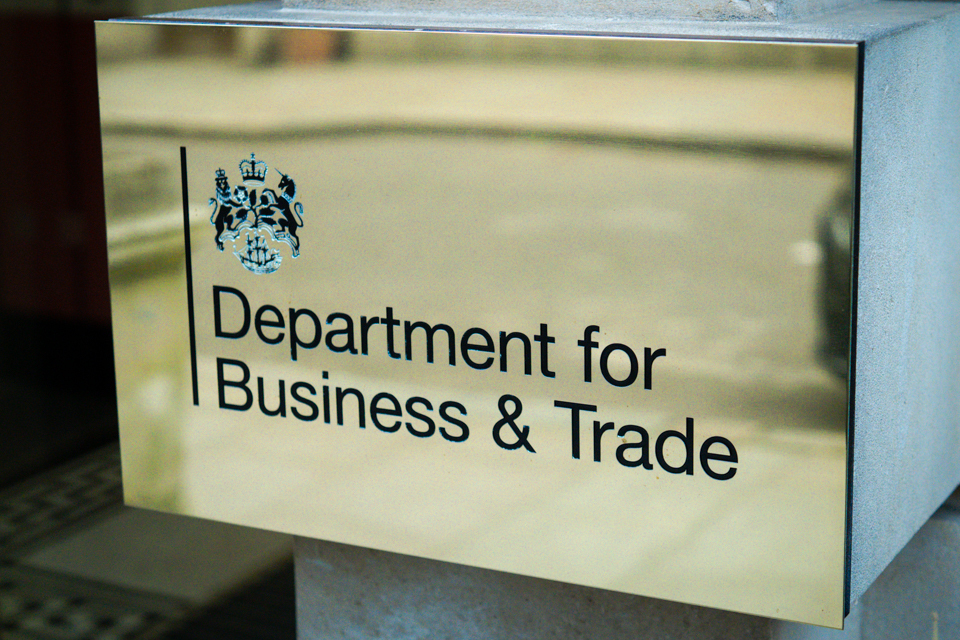Can UK avoid national debt almost tripling over next 50 years?

A near tripling of the national debt; public spending accounting for well over half the economy’s annual output; government borrowing at levels never seen before: that’s how the Office for Budget Responsibility sees Britain in 50 years’ time when it looks into its crystal ball.
No question, it is grim stuff. On unchanged policies, the government’s independent spending watchdog sees national debt as a share of national income (gross domestic product) rising from just under 100% to 274% by the mid-2070s.
No question, either, that the OBR’s findings are politically helpful to the new Labour government, at least in the short term. Darren Jones, the chief secretary to the Treasury, wasted no time in saying the report vindicated the action Rachel Reeves, the chancellor, is taking to repair the public finances.
In the long term, though, Labour will face the same problem as the last government: how to reconcile upward pressures on spending from an ageing population, the need to combat global heating and voter demands for better public services with an economy that has been misfiring since the 2008 global financial crisis.
Those pressures are likely to intensify. On past form, the UK will have a recession every decade for the next 50 years, with each downturn pushing up the debt ration by 10 percentage points. The population of the UK is projected to increase by more than 13 million people – from 68 million to 82 million – by 2070, with two-thirds of this change among those aged 65 or older. That’s the age at which health costs for each person start to rise sharply.
As a result of these demographic changes, public health spending is expected to almost double – from 7.6% of GDP today to 14.5% in 50 years’ time. Pension spending, assuming the triple lock remains in place, rises from 5.2% of GDP to 7.9%.
As the OBR rightly notes, Britain is not alone in facing these debt pressures. It also stresses that its projections are subject to considerable uncertainty, and should not be seen as precise forecasts.
That said, the UK does not start from a good place. The debt-to-GDP ratio has tripled since the start of the century, public spending is at nearly 45% of GDP – its highest sustained level since the mid-1970s – and taxes are at a 70-year high.
A tripling of the national debt would take it to levels not even seen in wartime and the OBR says no government would be prepared to allow it to reach such an “unsustainable level”. In reality, action – and tough action at that – would be taken to prevent the national debt rising to 274% of GDP. Returning debt to its pre-pandemic levels would require an average fiscal tightening of 1.5% of GDP each decade over the next 50 years.
after newsletter promotion
The report is not unremittingly gloomy. Improving the health of the population would reduce the debt ratio by 40 percentage points. Net migration – which the OBR estimates to average 315,000 a year – would reduce the national debt by a similar amount.
But the real gamechanger would be raising the UK’s economic performance. The OBR assumes that productivity growth will average 1.5% a year for the next 50 years, but says for every 0.1 point increase above that level, the debt-to-GDP ratio would fall by 25 percentage points. In the event that productivity growth averaged 2.5%, the national debt would fall to 65% of GDP by the mid-2070s.
This is not impossible, especially if technological changes such as artificial intelligence bring about improvements in efficiency, but still a tall order. The OBR also makes the point that in the past governments have tended to use the proceeds of faster growth to increase public spending. If this were to be repeated in the future, the fall in the debt to GDP ratio would be much more modest, reducing it by 60 percentage points.
Related
Why investing in women is a vital next step for…
Get Nadine White's Race Report newsletter for a fresh perspective on the week's newsGet our free newsletter from The Independent's Race CorrespondentGet our fre
Business secretary signals major shift on electric car policy to…
In a determined effort to retain Nissan’s manufacturing presence in Britain, Business Secretary Jonathan Reynolds has vowed to implement “substantial c
Joint Statement: Business Secretary and Fujitsu Services Ltd
Business and Trade Secretary Jonathan Reynolds today (Friday 7 March) met chiefs for Fujitsu in Tokyo to begin talks over the cost of redress for victims of th
UK foreign secretary backs multilateral defence funding for Europe
UK foreign secretary David Lammy has said that a new multilateral fund will be needed to secure Europe’s defence as he confirmed that Britain is “open to”













